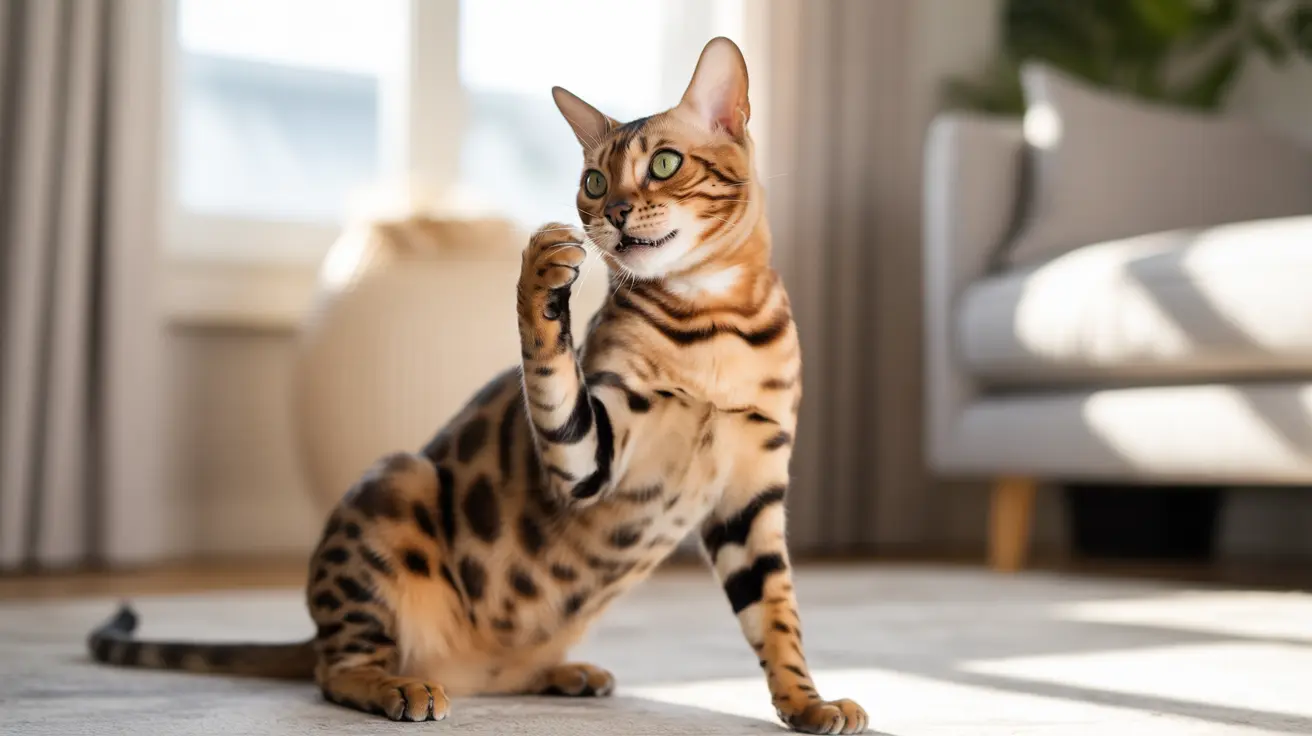Choosing the right litter for declawed cats is crucial for their comfort and well-being. Since declawing involves the surgical removal of the last bone in each toe, these cats often experience lasting sensitivity that can make traditional cat litters uncomfortable or even painful. This comprehensive guide will help you understand the specific litter needs of declawed cats and how to select the most appropriate options for their comfort.
Understanding these special requirements is essential for preventing litter box aversion and ensuring your declawed cat maintains healthy elimination habits. Let's explore the best litter options and how to create a comfortable litter box environment for your sensitive-pawed companion.
Understanding the Unique Needs of Declawed Cats
Declawed cats face distinct challenges when using the litter box due to their altered paw structure. The surgical amputation of their toe bones can result in chronic sensitivity and potential pain, particularly when walking on or digging in certain types of litter. This sensitivity can persist long after the initial healing period and may even increase as cats age.
Many declawed cats develop arthritis in their paw joints over time, making soft, gentle litter materials even more crucial for their comfort. Without proper consideration of these needs, cats may begin avoiding their litter box entirely, leading to unwanted elimination behaviors throughout the home.
Best Litter Materials for Sensitive Paws
Soft Clumping Options
Fine-grain clumping litters provide an excellent balance of comfort and functionality. Look for products specifically marketed as "soft" or "gentle" on paws. These litters typically offer good odor control while being kind to sensitive paw pads.
Natural Alternatives
Several natural materials make excellent choices for declawed cats:
- Grass-based litter
- Corn-based products
- Finely ground walnut shell litter
- Paper-based products (especially during recovery)
Litter Box Setup for Maximum Comfort
Creating the right environment is just as important as choosing the right litter. Consider these essential factors:
- Use shallow litter depths (1-2 inches maximum)
- Select boxes with low sides for easy entry
- Place litter boxes in quiet, accessible locations
- Maintain scrupulous cleanliness
- Consider placing soft mats around the box to cushion steps
What to Avoid
Certain litter types can cause discomfort or pain for declawed cats:
- Crystal or silica gel litters
- Traditional clay litters with sharp edges
- Pelleted products of any material
- Heavily scented litters
- Large-grain clumping products
Post-Surgery Litter Management
During the initial recovery period after declawing surgery, special consideration must be given to litter box materials. Shredded paper or special post-surgical litter is often recommended for the first two weeks. After this period, gradually transition to a permanent soft litter option while monitoring your cat's comfort level.
Frequently Asked Questions
What type of cat litter is best for declawed cats to prevent paw pain and litter box aversion?
The best litter for declawed cats is typically a fine-grain, soft-clumping variety made from materials like grass, corn, or ultra-fine clay. These options provide comfort while maintaining good odor control and clumping ability.
How soon after declaw surgery can I switch my cat from shredded newspaper to commercial soft litter?
Wait at least two weeks after surgery before gradually transitioning to commercial soft litter. Monitor your cat's comfort level and consult with your veterinarian before making the switch.
Why do declawed cats often refuse to use coarse or pelleted litters?
Declawed cats refuse coarse litters because their altered paw structure makes walking on and digging in rough materials painful. The removed toe bones leave them with sensitive paw pads that can be easily irritated by harsh textures.
What are some safe and gentle litter alternatives for declawed cats with sensitive paws?
Safe alternatives include shredded paper, soft paper-based products, grass litter, corn-based litter, and specially designed soft-grain clumping litters. In extreme cases, puppy pads or soft towels may be necessary.
How can I set up a litter box environment that minimizes discomfort for a declawed cat?
Create a comfortable environment by using low-sided boxes, maintaining shallow litter depths, keeping the area clean, and placing soft mats around the box. Ensure the box is in a quiet, easily accessible location and use only soft, fine-grained litter.
Conclusion
Selecting the right litter for your declawed cat is essential for their comfort and continued litter box use. By choosing soft, fine-grained materials and creating a thoughtful setup, you can help ensure your cat maintains proper elimination habits despite their sensitive paws. Remember to monitor their behavior and adjust their litter environment as needed, especially as they age and their needs change.






